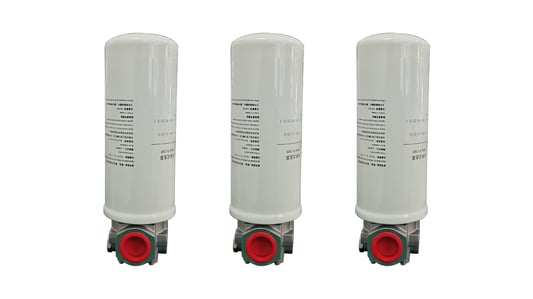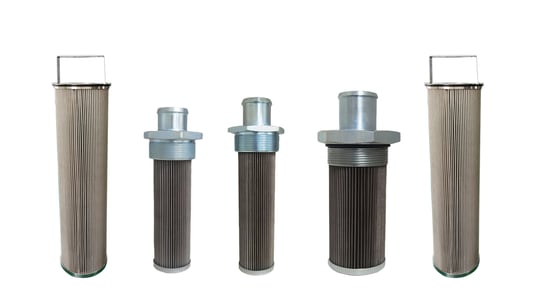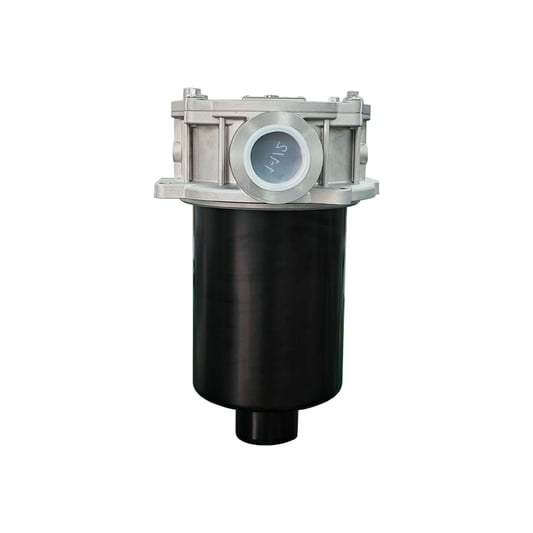Introduction to the Air filter AF1001 The Air Filter AF1001 is a highly efficient filtration device designed to improve indoor air quality by removing dust, pollen, allergens, and other airborne contaminants. Engineered for both residential and commercial applications, the AF1001 delivers reliable performance, helping to maintain a healthy and clean environment wherever it is installed. Its advanced filtration technology ensures optimal air purification, making it a crucial component for HVAC systems, air purifiers, and other ventilation setups.Advanced Filtration Technology Behind Air Filter AF1001 The core of the Air Filter AF1001’s effectiveness lies in its multi-layered filter media that captures particles down to submicron sizes. Incorporating high-efficiency particulate air (HEPA) standards, this filter achieves superior removal rates for airborne particles as small as 0.3 microns. The AF1001’s synthetic fiber construction enhances durability and maximizes airflow, allowing air to pass freely while trapping harmful particles with minimal resistance.Key Benefits of Using Air Filter AF1001 Users of the Air Filter AF1001 experience a variety of health and environmental benefits. By significantly reducing airborne pollutants, it alleviates allergy symptoms, asthma triggers, and respiratory issues. Additionally, this filter prolongs the lifespan of HVAC equipment by preventing dust buildup, enhancing system efficiency, and reducing energy consumption. Its contribution to maintaining hygiene is especially valuable in hospitals, offices, and homes.Compatibility Across Different HVAC Systems One of the standout features of the Air Filter AF1001 is its broad compatibility with most heating, ventilation, and air conditioning (HVAC) units. It is designed to fit standard filter slots with precise dimensions, ensuring easy installation and replacement. Universal compatibility means that whether you have a residential furnace, commercial air handling unit, or portable air purifier, the AF1001 is often a direct fit without modification.Durability and Maintenance of Air Filter AF1001 Constructed with high-quality materials, the Air Filter AF1001 is built to withstand prolonged use under various environmental conditions. Its robust frame resists warping and damage during installation. Although the filter media is disposable, the AF1001’s design facilitates quick and hygienic replacements. Routine maintenance involves simply changing the filter every 3 to 6 months, depending on the usage environment and air quality, ensuring continuous peak performance.Environmental Impact and Sustainability The Air Filter AF1001 is manufactured with consideration for environmental sustainability. The filter media uses recyclable components, and the production process minimizes waste. By enhancing HVAC efficiency, the AF1001 indirectly reduces energy consumption and carbon emissions associated with excessive power usage. Choosing this filter supports eco-friendly practices while promoting healthier indoor air quality.Cost-Effectiveness and Value Proposition In terms of cost, the Air Filter AF1001 offers an excellent balance between price and performance. Though not the cheapest option on the market, its durability, filtration efficacy, and positive impact on system longevity make it a cost-effective investment. When factoring in the reduced medical costs associated with improved air quality and lower energy bills, the AF1001 proves to be a smart, economical choice for consumers and businesses alike.Installation Guidelines for Air Filter AF1001 Installing the Air Filter AF1001 is straightforward but requires attention to proper orientation and fitting. Users should ensure the airflow direction is aligned with manufacturer-indicated arrows on the filter frame. The AF1001 slides securely into standard filter racks without the need for additional tools. For optimal results, the surrounding area should be clean, and the filter slot free of obstructions to prevent leakage or bypass.Common Applications of Air Filter AF1001 The Air Filter AF1001 is versatile and widely used across various sectors. Residential homes utilize it to improve family health by filtering indoor allergens. Commercial establishments such as offices, schools, and retail spaces install the AF1001 to maintain air clarity and comfort. Healthcare facilities depend on its high filtration standards to support sterile environments. Additionally, industrial settings sometimes incorporate the filter within ventilation systems to protect machinery and workers.Customer Reviews and Performance Feedback Feedback from customers using the Air Filter AF1001 consistently highlights its excellent filtration capacity and build quality. Many users report noticeable improvements in indoor air freshness and reduction in dust accumulation around their environments. Professional HVAC technicians recommend the AF1001 for its reliability and ease of use. Overall, the strong positive reviews underline this filter as a trusted product for maintaining clean and healthy air.Quote Inquirycontact us
16. November, 2025










